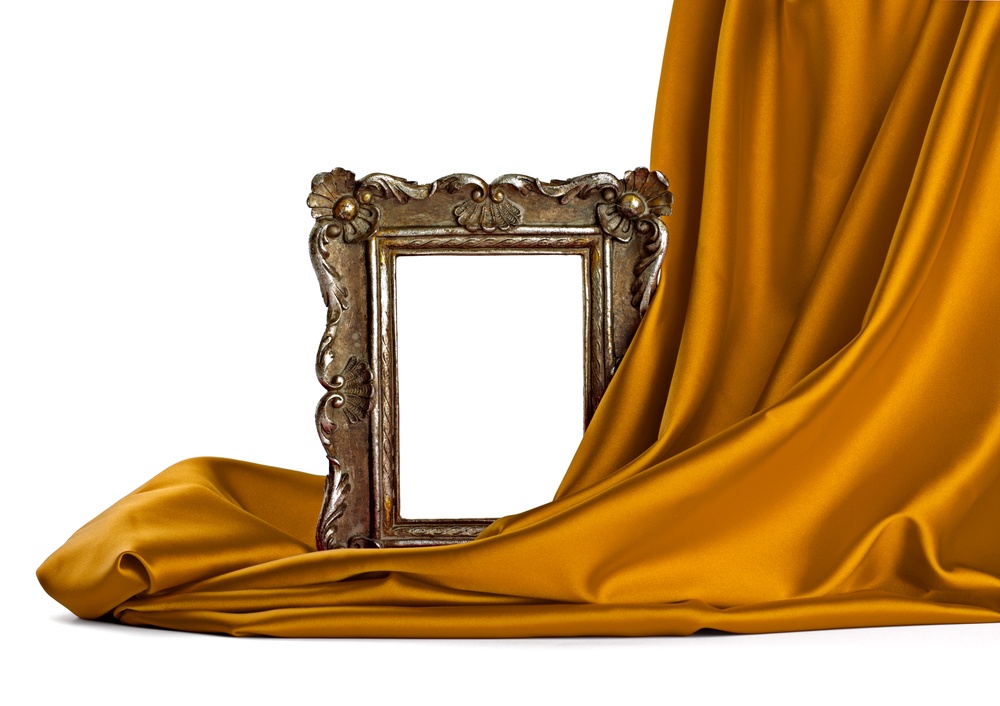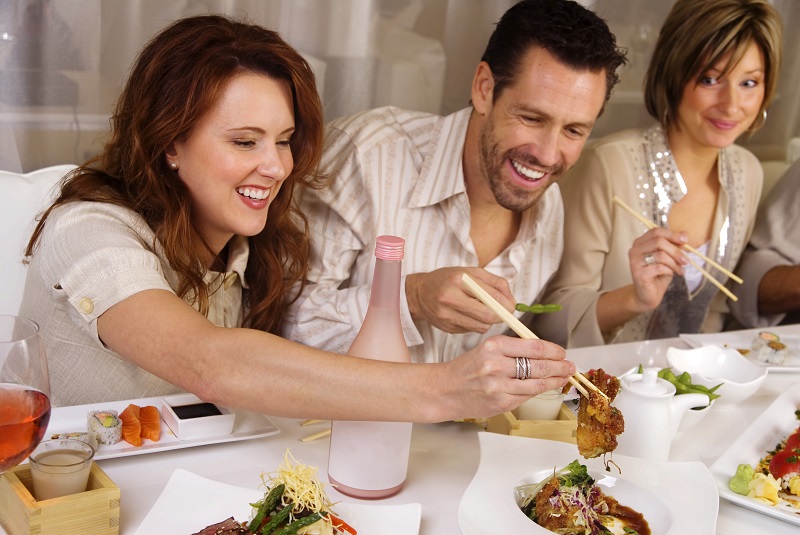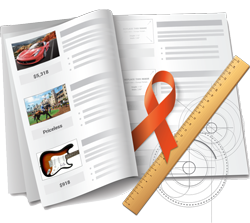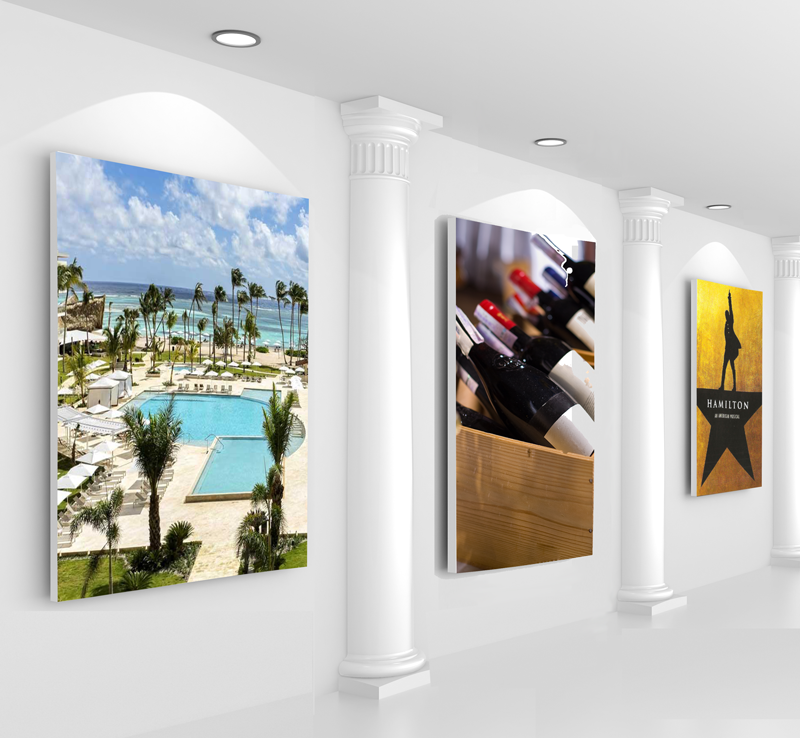 One of the best ways to encourage more bidding on your biggest, best auction items is to showcase them in an auction catalog or email campaign. These promotional materials create a better shopping experience for guests, generate pre-event “buzz” and allow guests to anticipate bidding on your items.
One of the best ways to encourage more bidding on your biggest, best auction items is to showcase them in an auction catalog or email campaign. These promotional materials create a better shopping experience for guests, generate pre-event “buzz” and allow guests to anticipate bidding on your items.
But there’s one question we get from nonprofit professionals and auction organizers all the time: Should I include the starting bid or Buy-it-Now prices in our auction catalog?
Surprisingly, the answer can affect how much money you raise at your next event.
The reason: How you frame and position your items has a big impact on their perceived value. Here are a few guidelines that help put your items in the best possible—most valuable—light.
When to omit prices
To answer the initial question: As far as auction best practices go, it’s typically not a good idea to include prices in your auction catalog. We’ve found that displaying a starting bid creates a “glass ceiling” in the minds of your guests of how far they’re willing to bid.

[FREE TEMPLATE] Download the pre-designed 100% customizable Microsoft Word auction catalog template.
Mentally, auction attendeees want to get a good deal. If they see the price of an item before the bidding starts, they will naturally start planning their bids and making a decision about how much more they’re willing to spend before the auction ever starts.
This is especially true for items that have a clearly defined retail value, like an HDTV or a gym membership.
The important thing to remember here is that auctions are all about creating perceived value, which has very little to do with an item’s actual value. Since people often don’t know what items are worth, focus your promotional materials on informing guests of your items and mission, rather than prices. The better you can promote and position an item for your guests, the more value they are going to attach to it.
Example: A donated dinner
Imagine you’ve put a donated dinner for 8 at a local luxury restaurant up for bidding.

However, if you post the price in the catalog, people will have plenty of time to break it down to cost per head. Suddenly it doesn’t seem like such a great deal…and their idea about the package disappears.
Don’t limit your audience’s bidding power by promoting your items along with the starting bid or Buy-it-Now prices. Instead spend time thinking about how you can frame the live auction so it’s more about your cause and not the items within it.
When to show prices
Didn’t you just tell me to omit prices?
Yep! But in the case of highly subjective items, it’s best to establish some guidelines for bidding.
One example is a piece of art, like a painting or sculpture from a local artist. Your guests will have widely varying opinions and tastes on what they want and don’t want. But for the most part, bidders underestimate the true value of art and end up bidding far less than they would have if they had been given an estimated price.
So with original, one-of-a-kind items, it’s helpful to set a bar regarding its value. This prevents guests from undervaluing an unusual, unique or incomparable item.
Consignment items
When it comes to positioning your big-ticket items (like travel packages) to garner the highest possible bids, there’s a few different ways you can approach this. How your organization chooses to frame featured items is entirely up to you.
Many of our Experiences do have an estimated retail value, but since you don’t want to place a ceiling on how high bidding will go, most times it’s better to skip the retail value, starting bids and Buy it Now prices in your catalog.
Browse our catalog of over 200 unique, no-risk travel packages and Experiences.
However, if the trip is unusual or incomparable (think “bucket list” rather than “vacation”), your audience may not have a reference point for its value. In these cases, you can list the estimated retail value if you think guests may undervalue the trip.
Finally, travel is always in high demand, and items that can’t be purchased outright (think exclusive Experiences, backstage tours and red-hot concert tickets) are considered “Priceless.”
If you choose not to display the price, simply wait until the auction to state the estimated value of the item and establish a high minimum bid. (For our Experiences, we recommend starting at 10 to 20% over the package price so it guarantees you a decent return.) Doing so establishes the item’s worth as considerably higher than what the bidder might have offered otherwise, while minimizing the time bidders have to analyze the price of similar trips.
Note: In either case, we don’t recommend displaying the Nonprofit Price of a consignment trip to bidders, since the item’s actual cost has little do with their perceived value.
We’ve seen packages of ours with a Nonprofit Price of $3,500 go for upwards of $5,000 or even $6,000 each (and then sold to multiple bidders!) because of when and how the item was offered during the event. An experienced fundraising auctioneer can help frame your item in the best light, plus raise bids and generate momentum effectively.
Omitting the price is even more effective if the trip is underwritten or covered by a sponsor. When guests know your organization is capturing 100% of the bid, the trip suddenly becomes emotionally driven and thus more valuable.
With underwritten items there’s also no need to set a minimum opening bid. Leave it open-ended and see how far bidding goes!
Example: Which wine would you choose?
Here’s a simple example to illustrate the power of framing.
Imagine you’re out to dinner at a nice restaurant. You’re offered a wine list with six cabernet wines on it:

$11
$14
$18
$22
$35
Which wine would you buy?
Most people aren’t going to distinguish between vintages or know which wine is worth what. So at first the decision is framed, “Compared to the other wines, how much am I willing to spend on a bottle?”
Now, imagine the restaurant changes the pricing to:
$14
$22
$28
$45
$55
$58
Numerous studies reveal the number of people who would buy the $14 bottle goes way down. All of a sudden you’re not looking at the bottle prices objectively. Instead you’ve framed the decision in relative terms: “I’m not the sort of person who buys the cheapest bottle on the list.”
All a restaurant owner has to do to is increase prices at the high end and throw out the very cheapest vintages, and voilà! People will pay more for wine.
The same principle applies in the auction world. By leaving item prices open ended, you have control over how items appear relative to one another. You can also try including highly valuable, no-risk “ceiling” travel trips that might be out of your audience’s price range (though you never know!) but serve to make less expensive trips even more appealing.
Bottom line: In a charity event setting, the collective goal is to raise money for a good cause. So how you frame your items in a way that adds value to each item and keeps the focus on your mission is up to you and your organization. Once you do, guests will have fun and feel good about their prizes, while meeting and exceeding your fundraising goals!
Still have questions on auction promotion, fundraising, item framing and more? Leave a comment below or contact a Winspire Fundraising Specialist today!
{{cta(‘f4005e8d-a042-4acb-9680-c12e0d592d7c’,’justifycenter’)}}


